The first fabric was probably made from animal skins that were wrapped around people’s bodies for warmth when they were sleeping or wearing clothes. Because of their protein and plant-based composition, early textiles have a tendency to degrade over time, leaving essentially no trace of their past. The best sources of knowledge about cloth’s past are the tools used to make it.
Most fabrics were produced locally throughout the 19th-century Industrial Revolution. The wealthy traded in raw materials like silk, lace, or linen, but the common person wore clothes made from homespun or knitted wool and cotton. In the 19th century, as steam and water-powered technology became accessible, Western Europe and North America’s fabric production moved to centralised factories.
The creation of the first synthetic fibres in the world in France in 1891 marked the next significant advancement in the custom clothing manufacture of fabrics. Originally known as Chardonnet silk, this cellulose-based material made from wood and other plants was later given the name rayon. In the 1930s, nylon and polyester were both developed shortly after rayon.
How Is Fabric Material Made?


How to make textiles? The “spinning process” turns raw cotton into thread, and the “weaving process” weaves the thread into fabric, resulting in typically used fabric to make clothes.
It can be made using a variety of methods, but the most popular ones are weaving, knitting, bonding, felting, and tufting. The traditional process used to make fabrics (woven and knitted) involves first turning fibres into yarn and then turning that yarn into fabric.
What Are 3 Ways Fabric Can Be Made?
Three main categories can be made out of the raw elements that go into making fabric: those made from natural plant sources, those made from animal sources, and those made by humans.
Learning how these materials are produced or collected, as well as what needs to be done before they can be used in the manufacture of fabric, is the first step in understanding how fabrics are made.
Cotton
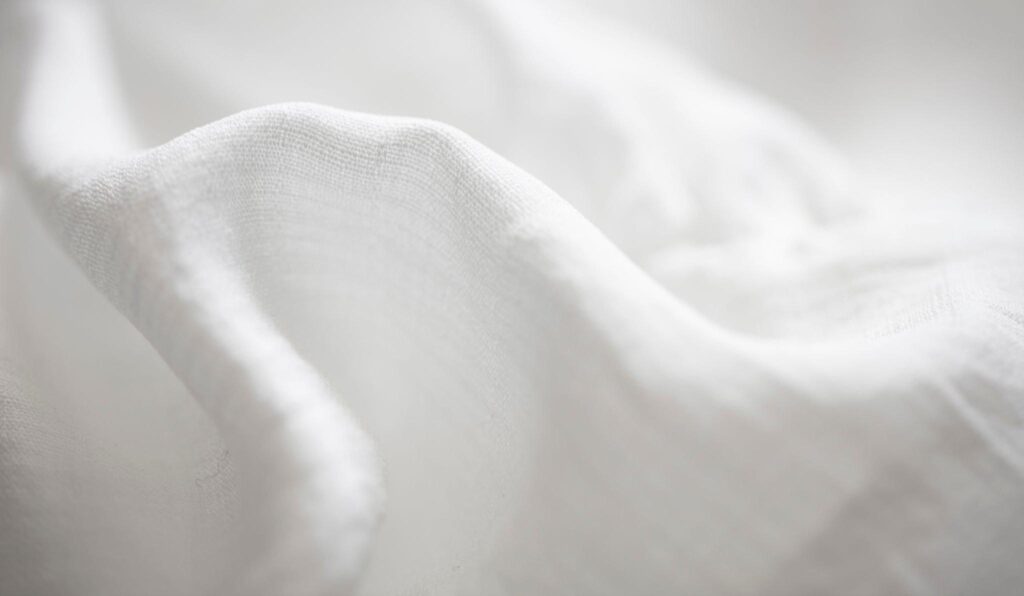

This product is made from the cotton plant and is harvested mechanically before being sent to a processing facility. There, it is put through a series of rollers to divide the material into bales, remove the seeds, and clean up any dirt, or contaminants.
Flax
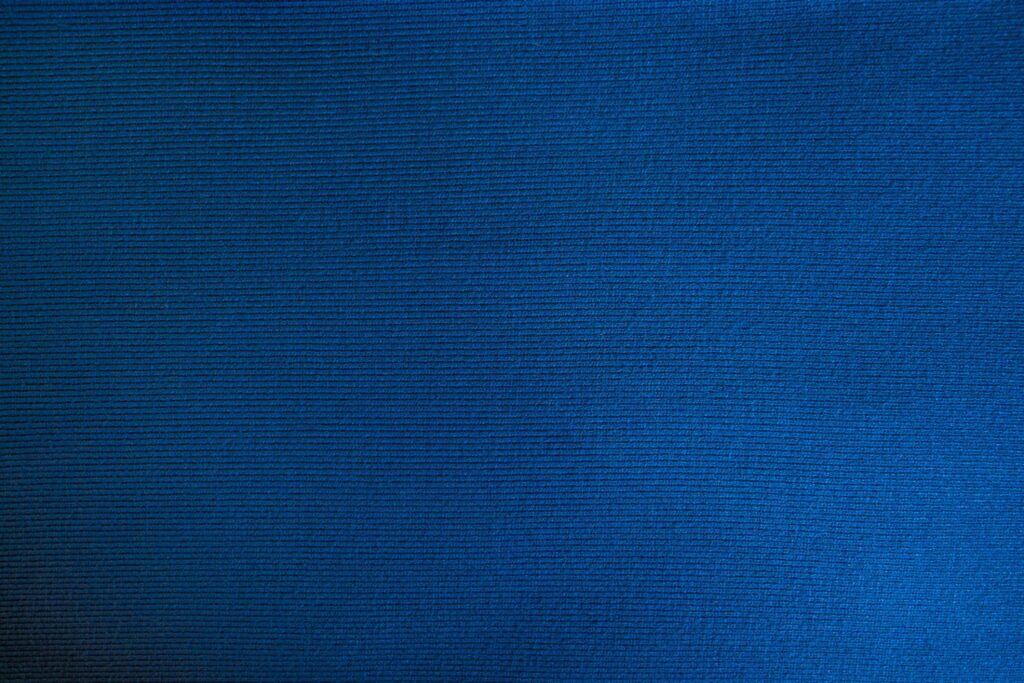

The flax plant yields linen. In order to prepare the plants for fabric manufacture, they are manually dug up, flattened to remove seeds, and then combed through to separate the fibres [source: Thomas Jefferson Agricultural Institute].
Silk
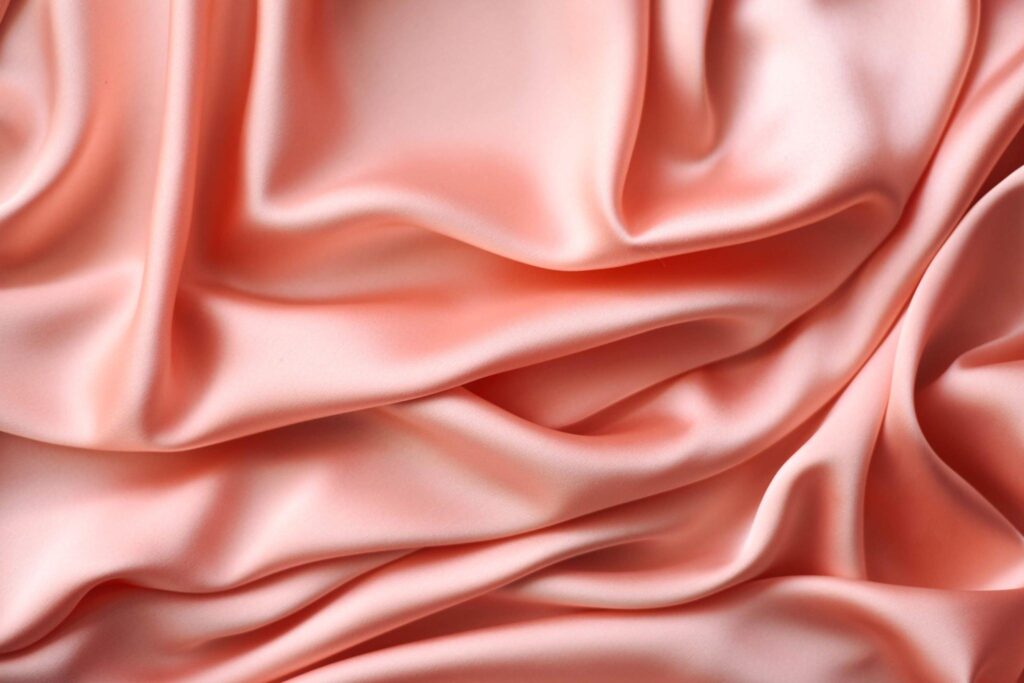

Silk is produced by harvesting the silkworm’s cocoon, which is lined with a thin coating of filamentous silk that is softened and then pulled out as a single thread. Since single threads are too thin to work with, they will be twisted together with a number of other threads before being moved to the following step of manufacturing.
Wool
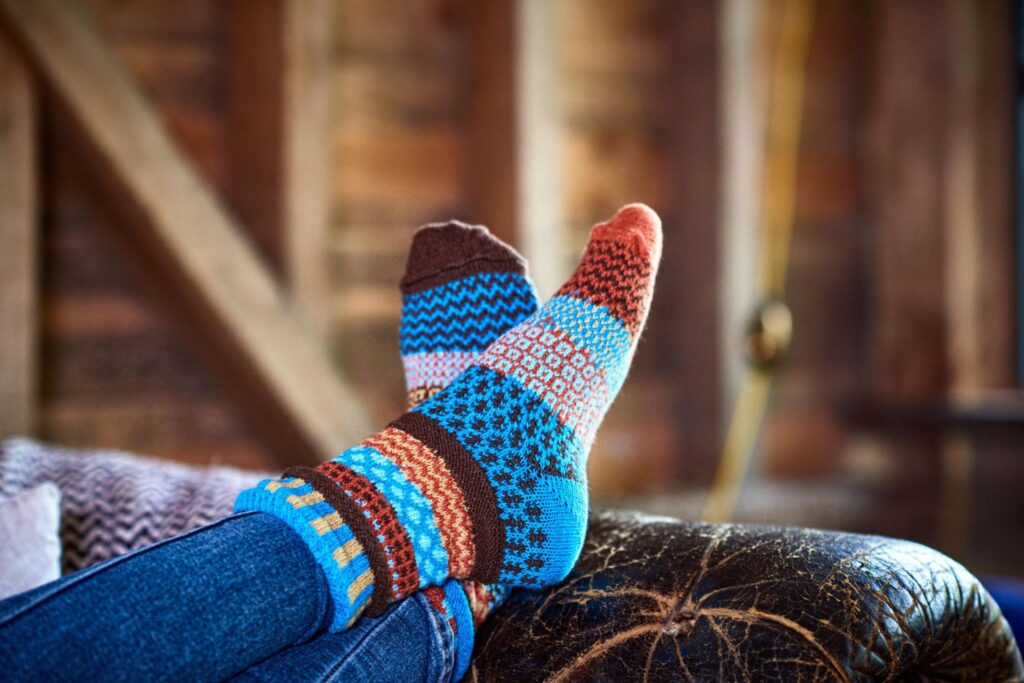

Sheep are shorn of their coats, and the resulting fleece is then washed, carded, or rearranged into a shape that will make it simpler to be made into fabric. A square mat of fibres is created, and it can be done manually or mechanically.
Rayon
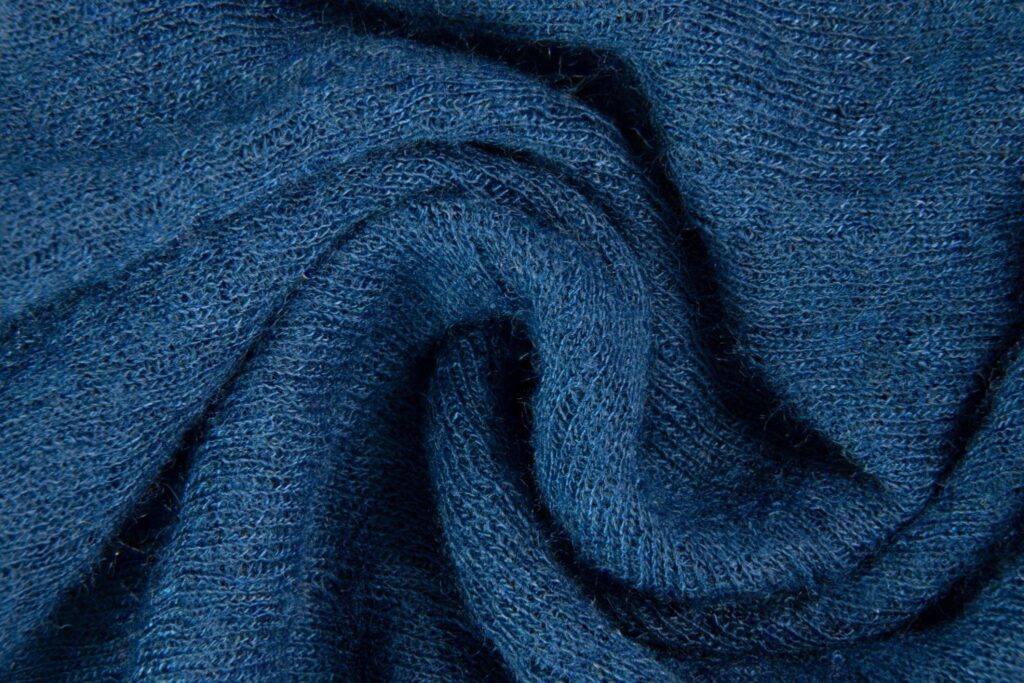

A popular substitute for silk, rayon was created in the late 19th century. It is created by putting cellulose through a device known as a spinneret. The cellulose is transformed from a liquid to a solid filament via a device that resembles a showerhead. The basic sugar polymer cellulose comes from plants.
Nylon
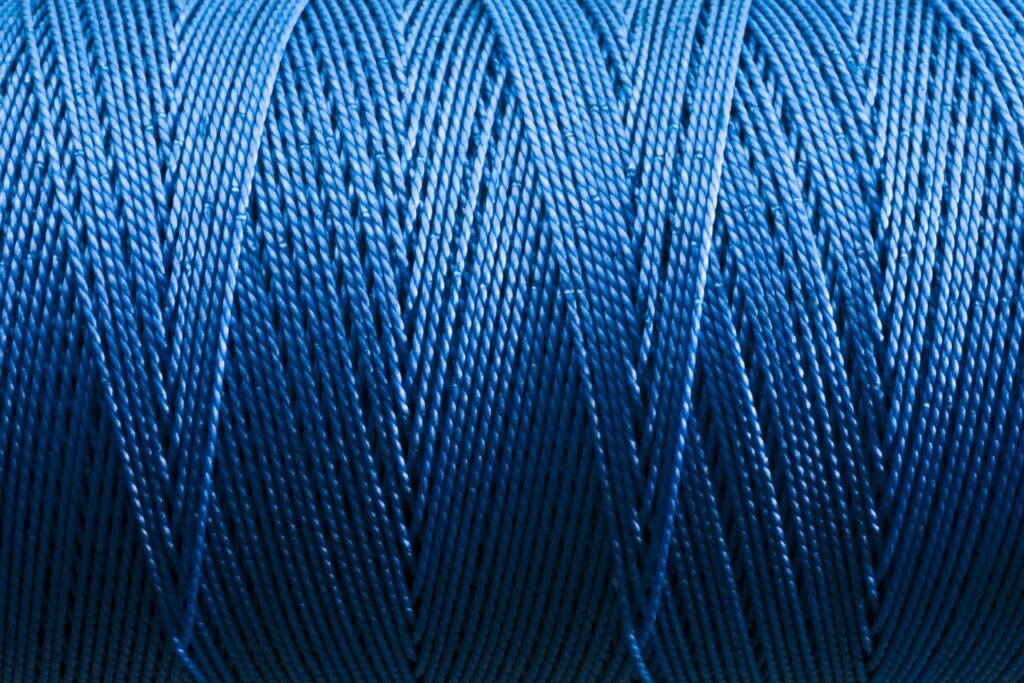

Nylon is undoubtedly the first synthetic fibre. Although it is made in the same way that rayon is, the materials used to make nylon come from sources other than plants. Coal and petroleum waste, water, and air are used to create nylon.
Polyester
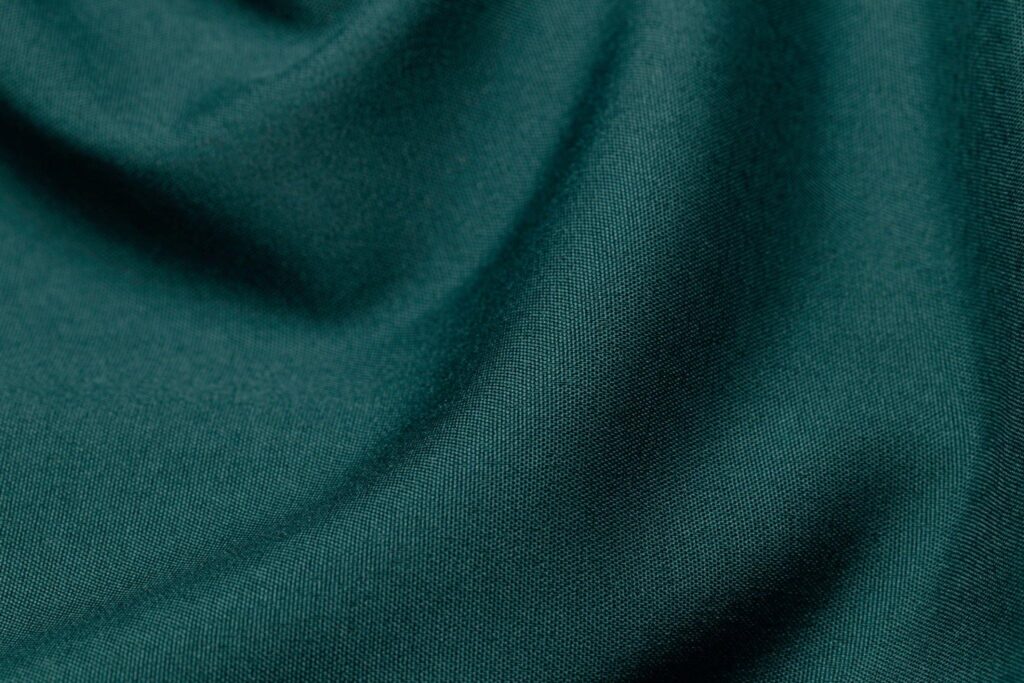

This substance has greater strength and adaptability than rayon and nylon. Polyester is created using the same process as nylon, however, the chemicals employed are sourced from alcohols.
What Is The Process Of Making Fabric?
These procedures are typically employed for fabric making that is used in our clothing: the “spinning process,” which turns raw cotton into thread, and the “weaving process,” which weaves the thread into fabric.
Fabric Manufacture Requires Three Fundamental Steps.
Weaving
Cloth making use of two different sets of yarn is known as weaving (the warp and the weft).
Step 1: The production of yarn is the initial step in the fabric-making process. Here, the harvested and processed raw materials are converted from raw fibres to yarn and threads. The fibres are spun to achieve this. Hand spinning is possible, but it is a laborious and time-consuming operation. The spinning wheel is now used for the great majority of spinning operations.
The strands that have been dragged across the wheel are gathered on a cylindrical object known as a bobbin as it spins. The spun fibres are kept in the bobbin where they are joined to form a lengthy strand of thread or yarn. The crochet hooks will then be moved to another machine, where the yarn will carry on its journey toward how cloth is made.


Step 2: Once the raw ingredients have been transformed into yarn, they are prepared for the second stage of production, which is weaving the individual strands into the fabric. Weaving is the term for this yarn-joining procedure. Two sets of yarn are necessary for weaving, which is done on a loom.
The warp set, the first set, is tautly strung across a metal frame. One thread is used to attach the second, known as the weft, to metal rods. A computer operates the loom, informing the weft how to make fabric and weave.
Step 3: The finished fabric for clothing making is taken off the loom after weaving and is then prepared for processing. Fresh-off-the-loom fabric is referred to as greige, and it doesn’t resemble the usual crisp white sheets or clothing. It has a discoloured colour and is contaminated with debris, seeds, and impurities.
It must be cleaned first before being turned into useful textiles. To clean up the base colour, it is first treated with bleach. Then, it is treated with a variety of cleaners and chemicals to get rid of the oils, wax, and other substances that are present in most fibres naturally. It is now prepared for delivery to clothing and textile manufacturers.
Knitting and Crochet
Knitting and crocheting are two more techniques for attaching fabric besides loom weaving. While both have historically been connected to wool materials, crochet is also frequently used to make lace. Both tasks are typically completed by hand. Worldwide, handlooms are also frequently employed, and consumers tend to favour hand-woven fabrics greatly.
Lace-Making
Depending on the type of fabric lace being produced, the lace fabric is made using a wide range of techniques. But the procurement of thread or yarn always comes first in the process of making lace.
While silk thread was occasionally used in expensive lace clothing, linen thread was traditionally used for lace. The flax plant’s fibres are used to make linen, and silk is made from the cocoons of silkworms that live on mulberry trees.
These days, lace fabric is occasionally produced by textile makers using synthetic fibres. The most popular synthetic fabric, rayon, and its variants are generated from wood pulp, whereas polyester, a petroleum derivative, is created using a combination of synthetic chemicals.
Following the acquisition of the required thread or yarn, lace is often produced using one of three popular methods: bobbin lace, needle lace, or chemical lace. There are numerous variants of each of these lace-making methods, and there are many additional unique varieties of lace.
Felting
Early in the 20th century, acrylic fabric was developed, and the global felt industry thought it had discovered a less expensive substitute for natural fibres. Though other synthetic fibres used to make felt, like rayon, aren’t much better than acrylic, natural felt is known for its flame-retardant properties.
Since consumers typically associate acrylic or rayon felt with lower-quality goods, high-quality felt is still made from natural fibres like wool. Even though beaver hats caused felt to lose some of its Western popularity, many cultures around the world have continued to use felt for centuries-old purposes, completely unaffected by the effects of this large fad.
Man-Made Spinning
To begin the process of turning a polymer into the fibre, it must first be brought into a liquid or semi-liquid form, either by being dissolved in a solvent or by being heated until molten. The lengthy molecules are dissociated from their tight proximity to one another during this phase, enabling independent motion.
The resultant liquid is extruded through tiny holes in an apparatus called a spinnerette, emerging as thin jets of liquid that harden to create solid rods with all the outward appearances of a very long fibre, or filament. Spinning is the process of extruding a liquid polymer into filaments, which is followed by its hardening (a term that is actually more properly used in connection with textile manufacturing).
Man-made fibre is produced using a variety of spinning processes, including melt spinning, gel spinning, solution spinning (wet or dry), and emulsion spinning.
Final Words
Have you ever thought while starting a clothing line that how does this newly woven, freshly dyed raw fabric get onto global store shelves? In the world’s biggest fashion hubs, such as London, Paris, Milan, New York, and Los Angeles, design houses buy it. It is then altered to become clothing that will be displayed at the yearly fashion shows. Fabric and fashion for the upcoming year will be influenced by the goods displayed at these exhibits, with producers ready to follow every new trend.




